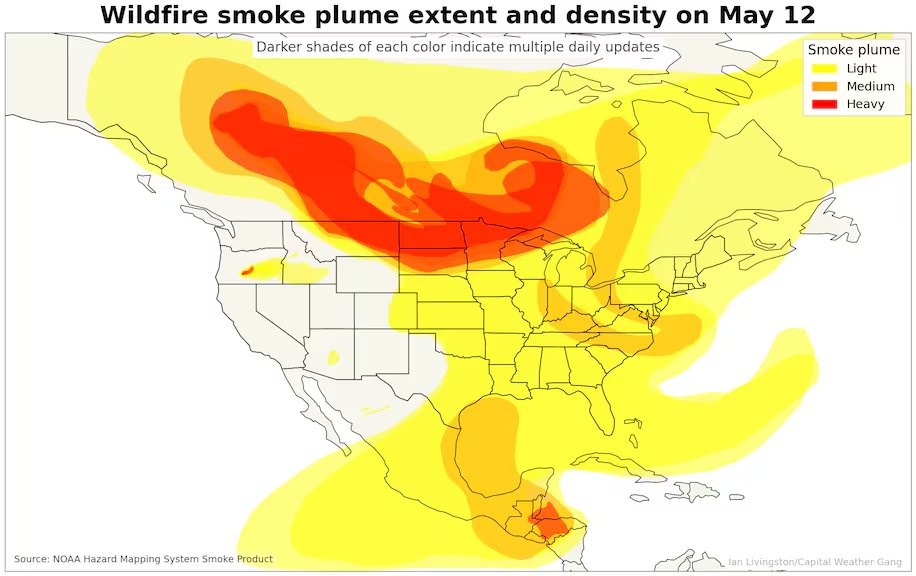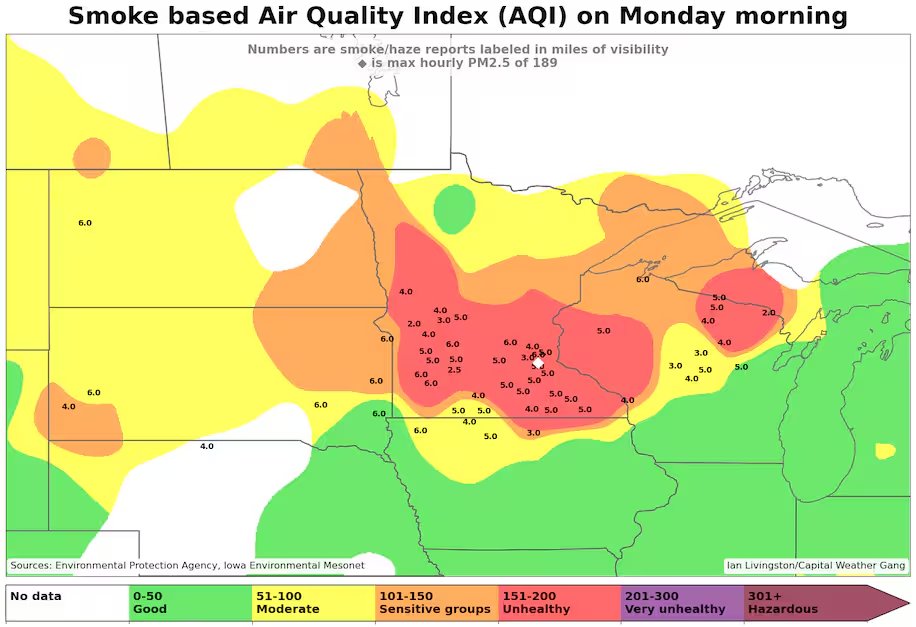[THREAD] The prospect of 2 hurricanes hitting land only a few hundred miles from one another in the Gulf of Mexico next wk is real, alarming, and very 2020. Preparing early for this possibility is key. BUT 1/4
washingtonpost.com/weather/2020/0…
washingtonpost.com/weather/2020/0…
T.S. Laura still has many hoops to jump through before reaching the eastern Gulf, where it's more favorable for intensification. Some computer models nearly dissipate this system as it interacts with Hispaniola and other islands. 2/4
T.D. 14 is not yet TS Marco, and it too has to cross a land mass to reach the Gulf and intensify. And when it gets closer to land on Tue/Wed, it may encounter hostile atmospheric conditions that cause it to weaken. 3/4
At this point, many possibilities are on the table. @NHC_Atlantic is advising Gulf Coast residents to pay close attention to the forecast. 4/4
• • •
Missing some Tweet in this thread? You can try to
force a refresh



















